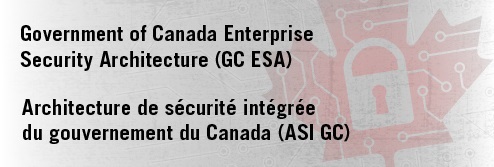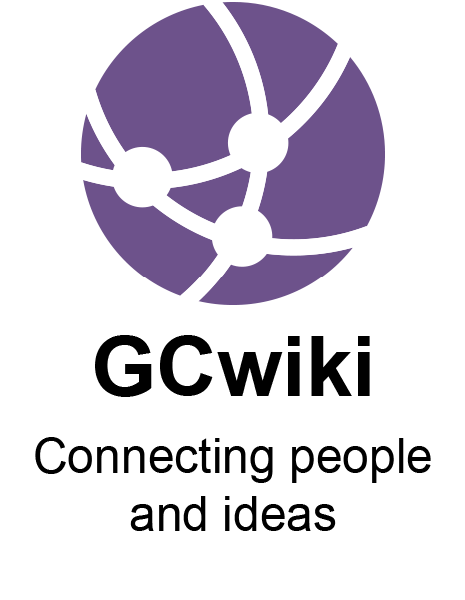Important: The GCConnex decommission will not affect GCCollab or GCWiki. Thank you and happy collaborating!
Difference between revisions of "Domain Message Authentication Reporting and Compliance"
Jump to navigation
Jump to search
(Created page with "<div style="float: right; z-index: 10; position: absolute; right: 0; top: 1;">File:JoinusonGCconnex.png|link=http://gcconnex.gc.ca/groups/profile/2785549/gc-enterprise-secur...") |
|||
| Line 23: | Line 23: | ||
|} | |} | ||
| − | </div>{{ | + | </div>{{Delete|reason=Expired Content}} |
| − | |||
| − | |||
| − | |||
| − | |||
| − | |||
| − | |||
| − | |||
| − | |||
| − | |||
| − | |||
| − | |||
| − | |||
| − | |||
| − | |||
| − | |||
| − | |||
| − | |||
| − | |||
| − | |||
| − | |||
| − | |||
| − | |||
| − | |||
| − | |||
| − | |||
| − | |||
| − | |||
| − | |||
| − | |||
| − | |||
| − | |||
| − | |||
| − | |||
| − | |||
| − | |||
| − | |||
| − | |||
| − | |||
| − | |||
| − | |||
| − | |||
| − | |||
| − | |||
| − | |||
| − | |||
| − | |||
Latest revision as of 12:38, 20 April 2021
| ESA Program Overview | ESA Foundation | ESA Artifacts | ESA Initiatives | ESA Tools and Templates | ESA Reference Materials | Glossary |
|---|
| This page has been highlighted as a candidate for deletion. Please see the discussion. Reason: Expired Content |



